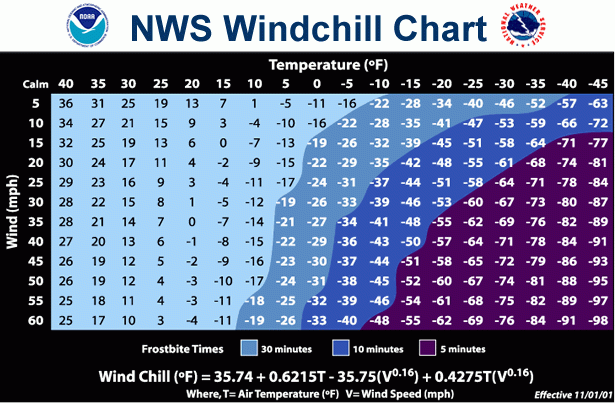Frostbite Physiology: How Bitter Cold Can Freeze You Down To The Bone

A frigid blast of Arctic air, carried south by a meandering polar vortex, is sending temperatures diving across the U.S. and Canada, and bringing the threat of frostbite. Record low temperatures have already sent some people to hospitals in Chicago and elsewhere with the first signs of this dangerous condition.
As we previously explained in an exploration of the physiology of polar bear plunges, your body reacts to cold outside by constricting blood vessels close to your skin. This shunts blood away from your extremities and toward your core; it’s your body’s emergency measure to try and protect your vital organs. But this lack of blood flow comes at a cost -- it puts those affected tissues at greater risk for freezing and tissue damage.
In cold conditions -- even those slightly above zero -- frostbite can develop in half an hour or less. In extreme cases with cold and high winds, sometimes it can take even less time. The National Weather Service has a handy (and chilling) chart that illustrates the risk for frostbite based on temperature and wind speed:

With so many areas in the Midwest dipping into negative double-digit temperatures, even relatively easygoing winds of 5 or 10 miles an hour may drive frostbite danger zones down to 10 minutes or less. Even in New York City, which experienced a relatively balmy six degrees on Tuesday morning, people are at risk for developing frostbite within 30 to 45 minutes thanks to winds that are gusting up to 50 miles per hour.
Experts say that bundling up is the best protection.
"Prevention really is key," Cleveland Clinic emergency physician Seth Podolsky told NPR. "The more time and the more skin exposed, the worse it is.”
Some of the signs of frostbite are skin with a white or grayish-yellow color, unusually firm or waxy skin, and numbness. Blisters and skin discoloration can follow. If your tissue actually freezes, that may lead to gangrene -- dead tissue -- treatable only by cutting away the affected areas.
If you are frostbitten, the best thing to do is to seek immediate medical attention. If you can’t immediately get to the doctor, there are several steps that can be taken to mitigate the damage, via the the National Institutes of Health:
- Get into a warm room.
- Put the affected area in warm -- not hot! -- water, or warm using body heat (such as putting a frostbitten hand in your armpit).
- Do not rub the area! This may damage it further.
- Don’t use heating pads or other artificial heat sources to warm frostbitten areas -- since the tissues are numb, you might accidentally burn yourself without knowing it.
The National Oceanic and Atmospheric Administration has also issued its own tips for citizens looking to guard against frostbite and hypothermia, in the form of a comic strip:

© Copyright IBTimes 2024. All rights reserved.





















